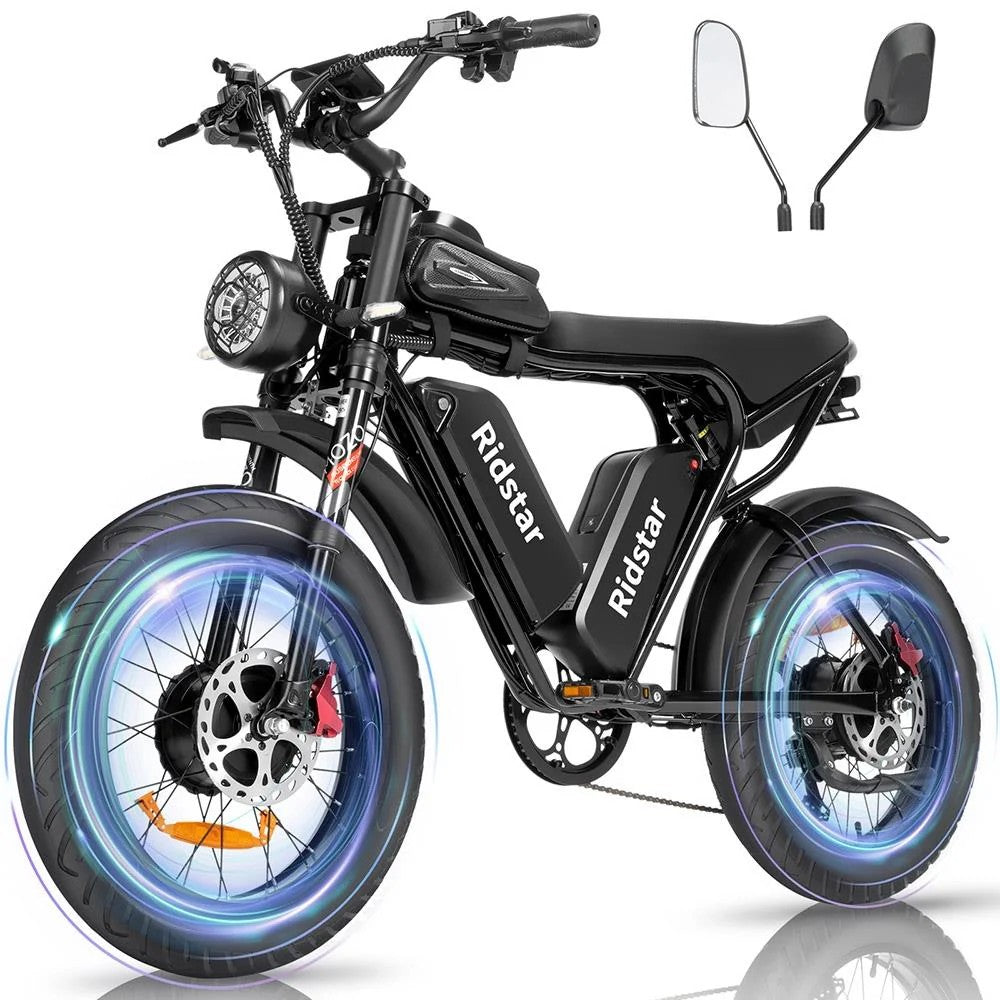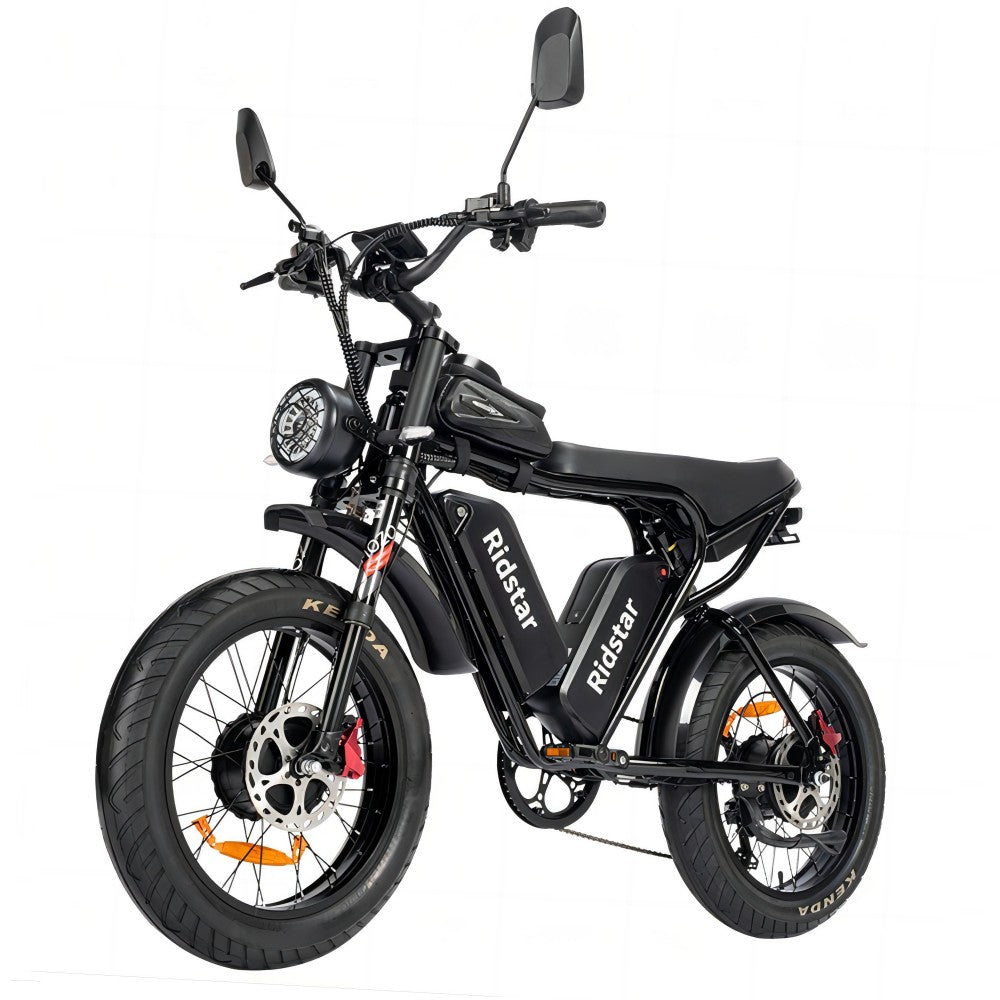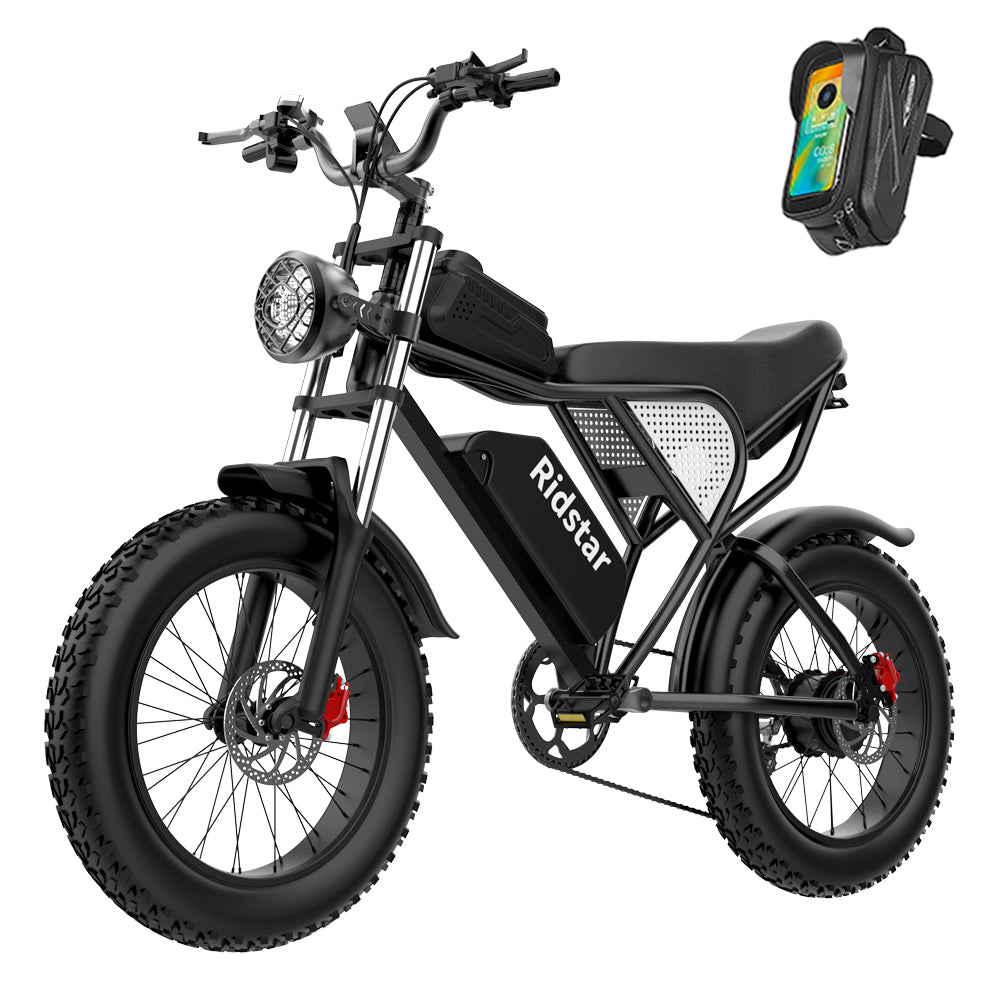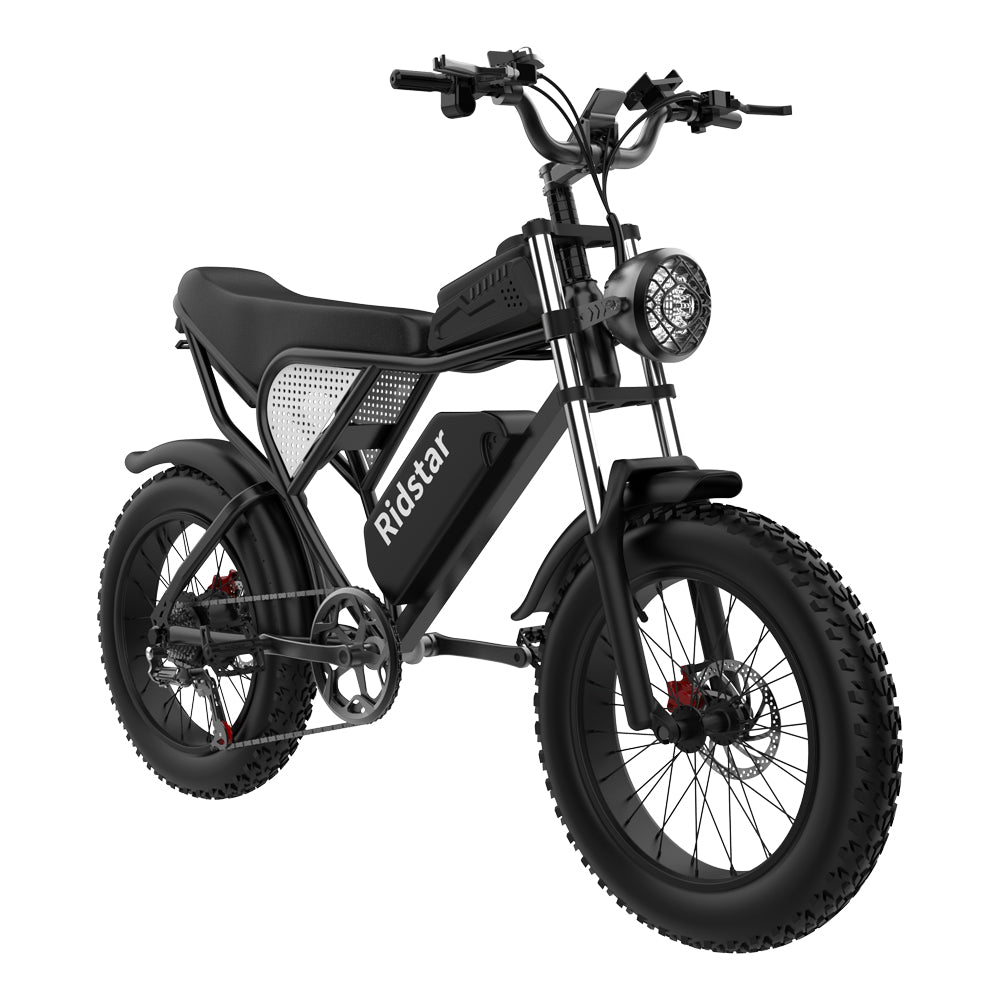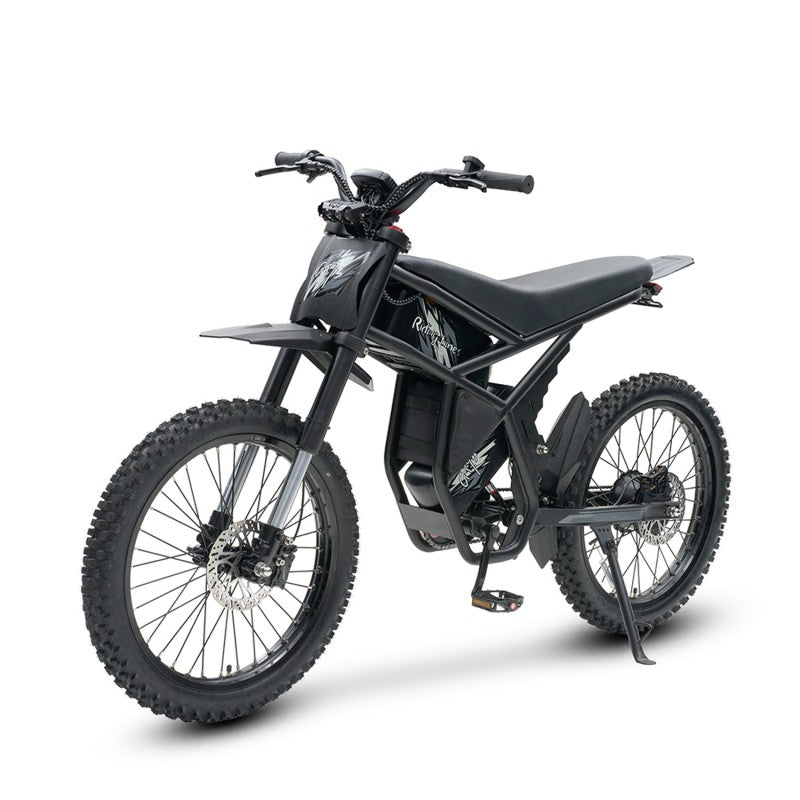Recently, the debate over whether 32-inch mountain bike wheels will become the next industry standard has heated up on international cycling forums. Opinions are sharply divided: supporters say, “I’d love to try bigger wheels — they should be awesome for tall riders,” while critics argue they’re “too large for shorter cyclists — the wheel height could be more than half their body height.” Some even express nostalgia for the classic 26-inch mountain bikes.
What Are 32-Inch Bike Wheels — and Could They Become the New Standard?
At both the Taipei Cycle Show and the Eurobike exhibition, discussions around 32-inch wheel bikes — particularly gravel and endurance-oriented short-travel MTBs — gained significant attention.
For decades, the bike industry has relied on well-established wheel sizes:
-
26-inch was the original MTB standard;
-
29-inch soon dominated;
-
27.5-inch emerged as the compromise between them.
Now, the growing enthusiasm and investment around 32-inch wheels signal strong momentum. When multiple major manufacturers begin dedicating resources, it often means they see real market potential. If professional riders start winning races on 32-inch wheels, adoption could accelerate — just as 29-inch wheels did after early skepticism faded.
Larger wheels roll over obstacles more smoothly, lose less momentum, and provide better traction and higher speeds on long rides — advantages that could reshape the sport again if proven in competition.
Manufacturers Are Getting Involved
The 32-inch wheel concept isn’t entirely new, but this is the first time mainstream brands are embracing it. Tire giant Maxxis recently invested in developing the first high-performance 32-inch MTB tire — the Aspen 32 × 2.4 — which debuted at the 2024/2025 Taipei Cycle Show. Many saw it as a strong signal that the industry is taking this size seriously.
According to Maxxis, several World Cup XC racers have requested 32-inch tires, believing they could increase race speeds. Early tests reportedly show outstanding performance, enough to justify moving toward mass production.
Other manufacturers are following suit: Vee Tire Co. has created prototype 32-inch tires, and Schwalbe is rumored to be working on similar models. On the wheelset side, several brands have already showcased 32-inch rims, and a full-suspension prototype bike with Maxxis tires appeared at Eurobike — suggesting this is more than a one-off experiment.
Technical Challenges Remain

Beyond the added weight, 32-inch wheels present design challenges — fitting them into a frame without excessively raising the handlebar height, and creating compatible full-suspension geometries.
Still, prototypes from Maxxis and an upcoming BMC model previewed at the Andorra World Cup show active efforts to solve these issues. Currently, there are no mass-produced suspension forks compatible with 32-inch wheels, though inverted designs like those from Wren Sports could accommodate them more easily without drastically increasing cost.
Many in the industry remain cautiously optimistic. Some doubt 32-inch wheels will ever achieve the mainstream popularity of 29-inch models, mainly due to rider size differences. The leap from 29 to 32 inches might be too great for average or shorter riders, making the setup more suitable for taller cyclists or niche racing scenarios.
Nevertheless, the rise of 32-inch wheels is an exciting development for bike enthusiasts — a sign that bicycle and electric bike design continues to evolve, with manufacturers constantly seeking the next performance breakthrough.









